Training Clients with Arthritis
One of the biggest challenges for fitness professionals is working around medical conditions and injuries. When a prospective client asks if you can safely train them, you definitely want to be able to accommodate their situation. But what about their limitations? What should they do and not do? How do you ensure that you’re doing the right thing as a trainer? This is especially relevant when working with arthritic clients.
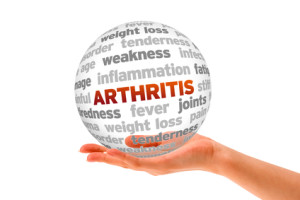 What is Arthritis?
What is Arthritis?
Arthritis is, in short, an inflammation of joint tissue in the body. It rears its head in many different ways and the NIH does a great job of breaking down the various facets of the condition. What it ends up doing is causing symptoms like pain, swelling, stiffness of the joint and reduced range of motion. But, most of this can be countered with the addition of an exercise program.
What a Fitness Professional Can Do to Help
This is where fitness professionals come in. Because of the fact that arthritis hits the majority of people when they are older, this also means that they might need some assistance with getting enough exercise in a safe and reliable manner.
It’s a perfect mixture — fitness professionals have a great deal of knowledge and arthritic patients have a great deal of need in this respect. Especially in the current generation retiring, the baby boomers, exercise outside of athletics was far less common than it is today. As such, there are many people who are retiring having no experience with exercise for their entire lives.
Fitness professionals like you are a great resource for getting this population treatment in the form of exercise!
Considerations to Keep in Mind
The key here is to make sure that you aren’t loading your arthritic clients with too much. The CDC’s resources on training for arthritic individuals are quite extensive and are a fantastic jumping-off point for developing your programming. For the majority of clients, it will simply be a reduced-load variation of many programs you already employ.
So let’s dive into a few:
Range of Motion
Initially, this will be one of the first things that a trainer will need to focus on. Range of motion is the key to performing other exercises. For this, a stretch/yoga approach is going to be an ideal way to go. And for people who aren’t especially limber, even just stretching will be a workout. So start light and get the range of motion up to snuff. Then you will be good to go to move on to more engaging techniques.
Don’t Let Them Skip Cardio
There can be many different objectives to a personal training program. Oftentimes, training programs will have cardio as more of an “outside the session” activity. Just make sure that they are doing some form of cardio in addition to what your normal program entails. This could be walking, cycling, swimming, using an elliptical trainer, etc. This will help these clients to improve their endurance and you should see results from this in your sessions. Whereas someone new to exercise might not be able to do pushups everyday, they can likely still do low-impact cardio.
 Weight/Resistance Training
Weight/Resistance Training
No one is talking about your clients working to be the new clean-and-jerk Olympian, but some moderate training with weights in a controlled environment can be incredibly beneficial. Developing the muscles that assist and support joint structures will alleviate some major pain that arthritic clients likely have. In addition, having a higher percentage of muscle tissue will increase the client’s basal metabolic rate, allowing them to burn more calories and lose excess weight which can add painful pressure to joints. All around, it’s a great idea. Just make sure it’s safe.
This might mean starting with slight bodyweight movements first. Once range of motion has increased, they can then start taking the exercises a little further. Resistance bands and weight machines can also be an excellent way to safely train those muscles.
Group Fitness Classes Can Be Helpful
Socializing is a great way to get through discomfort. Whereas we don’t want to push our clients to the point of pain, there will likely be a little discomfort in the beginning, especially in the first few sessions. Misery might like company, but the thing is that great friendships can be formed in such groups as well. Thus, with group fitness classes, you could help a larger segment of people with safe exercises. And, they would have a great social group to encourage one another when the going gets tough.
A Final Note
Injuries take longer to heal as people age. This is why an injury for someone with arthritis will likely be more extreme than in some of your younger clients. As such, it’s that much more essential to go slow and to not overload your clients with too much.
Additionally, make sure that your client has cleared your programming with their doctor. A client’s physician is the best initial defense from injury. Furthermore, it’s a wonderful opportunity to even partner with the doctors you come into contact with. They doubtless have many patients who do not exercise like they should. Relationships like these are win-win for everyone involved.
Jane Curth is the co-founder and CEO of FitFixNow. Helping people on their wellness journey is her passion; Jane has helped clients and students with their diet and fitness struggles for over 20 years.

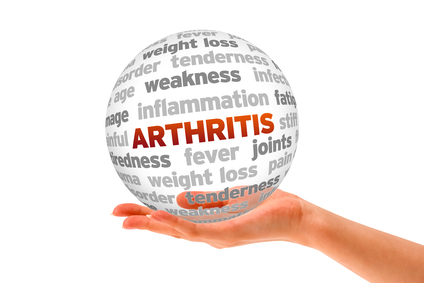

 The PHIT Act (Personal Health Investment Today) H.R. 1218 (U.S. House of Representatives) & S.2218 (U.S. Senate) is pending legislation that expands the IRS definition of a medical expense to include physical activity as a form of prevention. The practical impact of this definitional change would allow consumers to use their pre-tax medical accounts (HSAs & FSAs) on physical activity expenses to promote healthy lifestyles. The PHIT Act is an innovative concept that helps address two major Congressional concerns: (1) rising health care costs (2) the budget deficit. The rise in sedentary lifestyles is a major contributor to higher obesity rates and an increased incidence of expensive, preventable chronic illnesses. The PHIT Act will help reverse the ‘Inactivity Pandemic’ by providing an economic incentive to invest in physical activity. If enacted, physical activity expenses could be reimbursed using money in pre-tax medical accounts.
The PHIT Act (Personal Health Investment Today) H.R. 1218 (U.S. House of Representatives) & S.2218 (U.S. Senate) is pending legislation that expands the IRS definition of a medical expense to include physical activity as a form of prevention. The practical impact of this definitional change would allow consumers to use their pre-tax medical accounts (HSAs & FSAs) on physical activity expenses to promote healthy lifestyles. The PHIT Act is an innovative concept that helps address two major Congressional concerns: (1) rising health care costs (2) the budget deficit. The rise in sedentary lifestyles is a major contributor to higher obesity rates and an increased incidence of expensive, preventable chronic illnesses. The PHIT Act will help reverse the ‘Inactivity Pandemic’ by providing an economic incentive to invest in physical activity. If enacted, physical activity expenses could be reimbursed using money in pre-tax medical accounts. HOW WOULD THE PHIT ACT WORK?
HOW WOULD THE PHIT ACT WORK?

 Food is fuel and food is medicine. Food brings people together and is supposed to be one of life’s pleasures. Shared meals are a vehicle for building relationships, enjoying conversations, and nourishing the soul.
Food is fuel and food is medicine. Food brings people together and is supposed to be one of life’s pleasures. Shared meals are a vehicle for building relationships, enjoying conversations, and nourishing the soul. Healthy diet vs. A single ingredient
Healthy diet vs. A single ingredient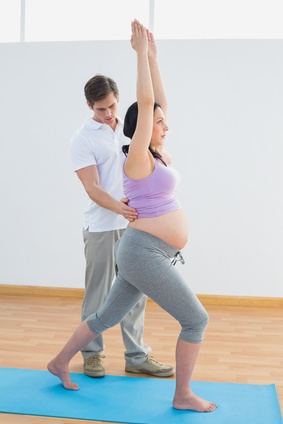
 Exercise duration during pregnancy should reflect a woman’s current level of fitness and the type of activity she is doing. If you’re working with someone who’s just starting a prenatal exercise program the duration will be shorter (15-20 minutes) and progress slowly over time to 30-60 minutes. A pregnant woman who is already taking part in a fitness routine can continue with her current duration level, but exercise duration should be modified as needed to enable her to achieve a moderate to somewhat hard level of intensity without discomfort or undue fatigue.
Exercise duration during pregnancy should reflect a woman’s current level of fitness and the type of activity she is doing. If you’re working with someone who’s just starting a prenatal exercise program the duration will be shorter (15-20 minutes) and progress slowly over time to 30-60 minutes. A pregnant woman who is already taking part in a fitness routine can continue with her current duration level, but exercise duration should be modified as needed to enable her to achieve a moderate to somewhat hard level of intensity without discomfort or undue fatigue.
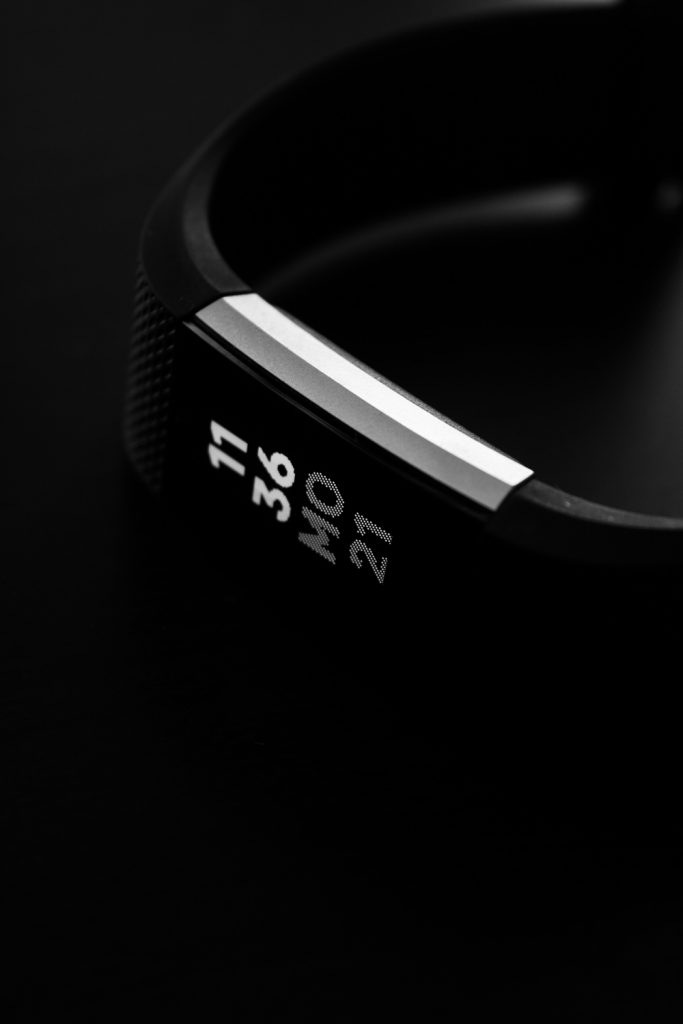 Question: What is the danger of health-related technologies in the hands of the general public?
Question: What is the danger of health-related technologies in the hands of the general public?
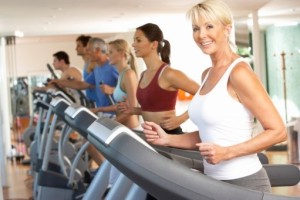 Why Exercise is Good
Why Exercise is Good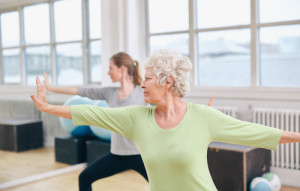 Doing your exercises right
Doing your exercises right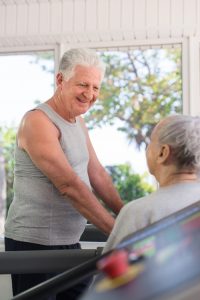

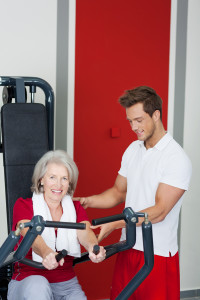 In summary
In summary
 Super Food Rule #1
Super Food Rule #1